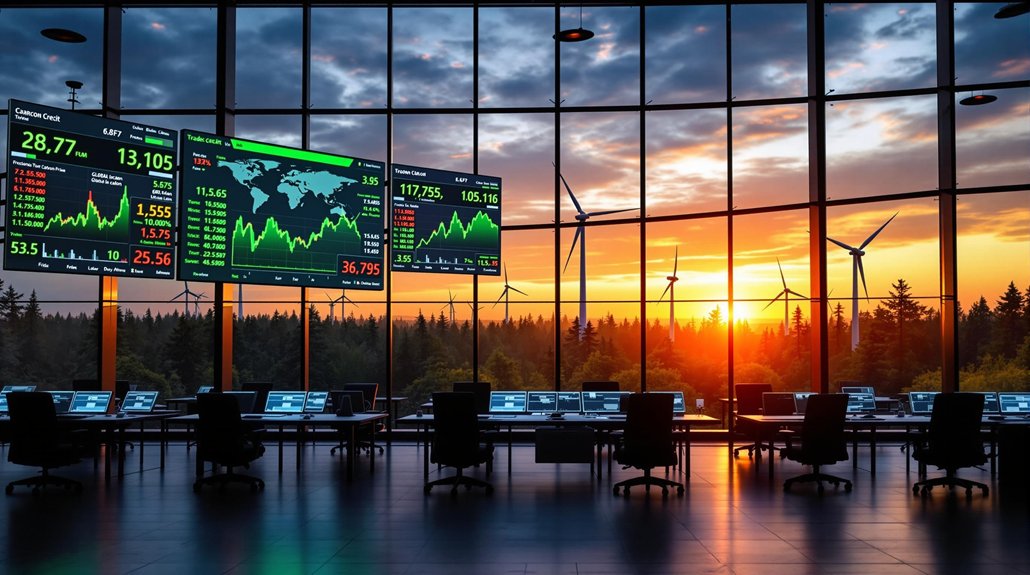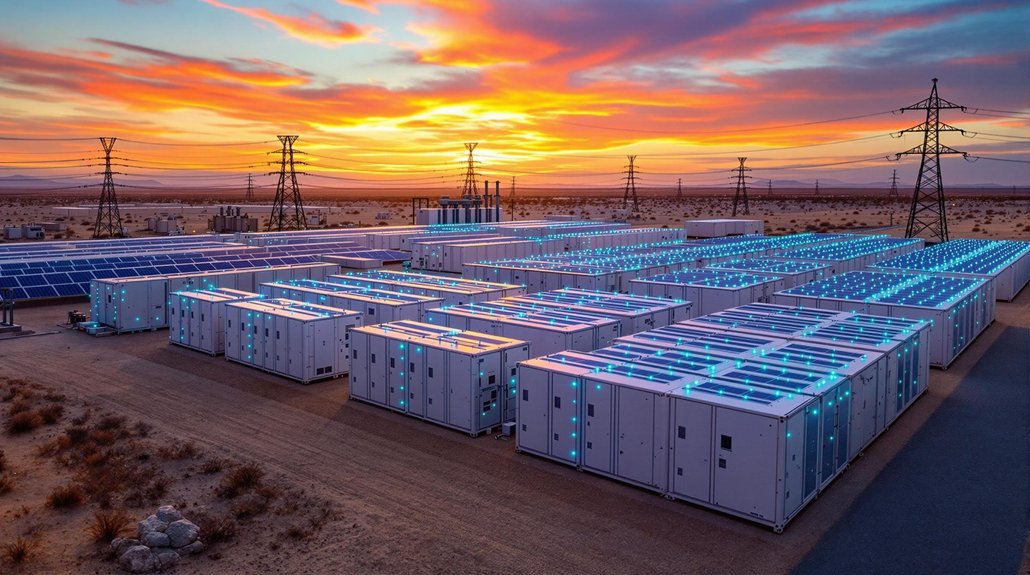Carbon offset prices are all over the map, literally. Basic credits start dirt cheap at $2.49 per ton of CO2, while fancy tech-based solutions can skyrocket to $300. Tree planting runs about €13, and energy efficiency projects hover around €8.20 per credit. The market’s booming though – it hit $1 billion in 2021 and could explode to $250 billion by 2025. Quality matters big time, and the deeper you go, the more interesting these numbers get.

How much does it cost to ease your environmental conscience? Well, the price tag on saving the planet varies wildly, and it’s getting pricier by the minute. The carbon offset market surged past $1 billion in November 2021, with average prices jumping from $2.49 to $3.82 per ton of CO2. Not exactly pocket change anymore.
Carbon guilt comes with a hefty price tag these days, as offset costs soar and saving the planet becomes a billion-dollar business.
The reality is, carbon credits are becoming the hot new investment trend. Prices depend on where and how you’re trying to save Mother Earth. Want to plant some trees? That’ll cost you at least €13 per credit. Energy efficiency projects are a bit cheaper at €8.20, but let’s be honest – you get what you pay for in the carbon market. The voluntary carbon market is expected to surge to $250 billion by 2025, showing the dramatic growth in this sector. Experts predict prices will reach 25 to 30 dollars per metric ton by 2030.
Quality matters, and the good stuff isn’t cheap. Higher-quality projects cost more because they actually deliver real, long-term benefits. Surprise, surprise: doing things properly costs money. Unlike compliance markets, these voluntary projects focus on real emission reductions rather than just trading permits. Renewable energy projects are usually the budget option, while those fancy tech-based removal solutions can set you back $100-$300 per metric ton. Nature-based solutions are the current darlings of the market, with forestry credits skyrocketing 159% in 2021 alone.
The market’s about as transparent as mud in some places. Brokers are having a field day, sometimes charging double what you’d pay buying directly from project developers. At least blockchain technology is starting to shine some light into these murky waters.
Meanwhile, government regulations and industry practices keep shifting the ground under everyone’s feet. Looking ahead, this market’s headed for the stratosphere. Forecasts suggest it’ll hit $35 billion by 2030, with companies scrambling to meet their net-zero promises.
The CORSIA system alone is expected to offset 165 million tons of CO2 equivalent annually between 2021 and 2035. That’s a lot of carbon math for something that started as a way to feel less guilty about our carbon footprints.








